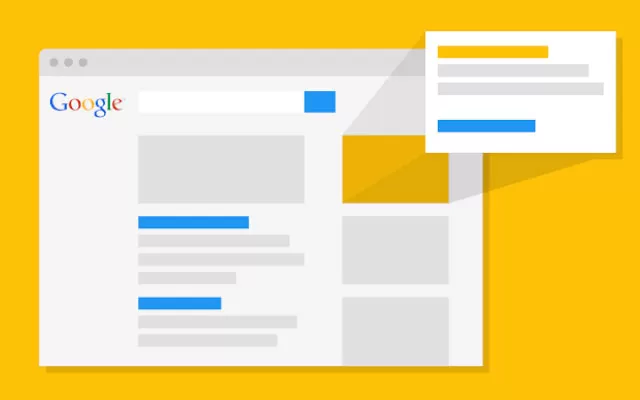What is a Cost Per Thousand Impressions (CPM) Bid? The range of bid models and variations you can use to promote your products can be confusing if you are a new Google Ads user. In order to use your advertising budgets efficiently, you need to understand ad bidding models. CPM, Cost Per Thousand Impressions, is one of them. In this advertising model, where you pay each time your ads are shown, you need to choose the ad placements*. Account managers set their desired rate per 1000 ads when running campaigns. This type of ad is not conversion-oriented but impression-targeted.
Cost Per Thousand Impressions (CPM) is only used for Video and visual ads. The aim is to reach more users and to increase the number of people who can be reached, rather than individual clicks. For example, a click that comes to 0.10 cents on a CPC basis in a targeted and negatively targeted campaign can be reduced to 0.05 cents with this campaign strategy.
What is the Difference Between CPC and CPM?
Google Adwords allows both CPC and CPM ads for publishers. Advertisers pay publishers for each click on an ad, whether that ad is shown or not, or for each click on the advertiser. CPM is often used for display advertising. With a CPM model, advertisers can set the value of CPM ads to tell Google how much they are willing to pay for a thousand impressions.
Conclusion
While CPC is a good way to keep reach high, CPM is best suited for promotional campaigns where promotion and high conversions are not important. Ultimately, you are free to choose your Google AdWords bidding strategy based on what you want to get from your campaigns and how you want to manage it.

